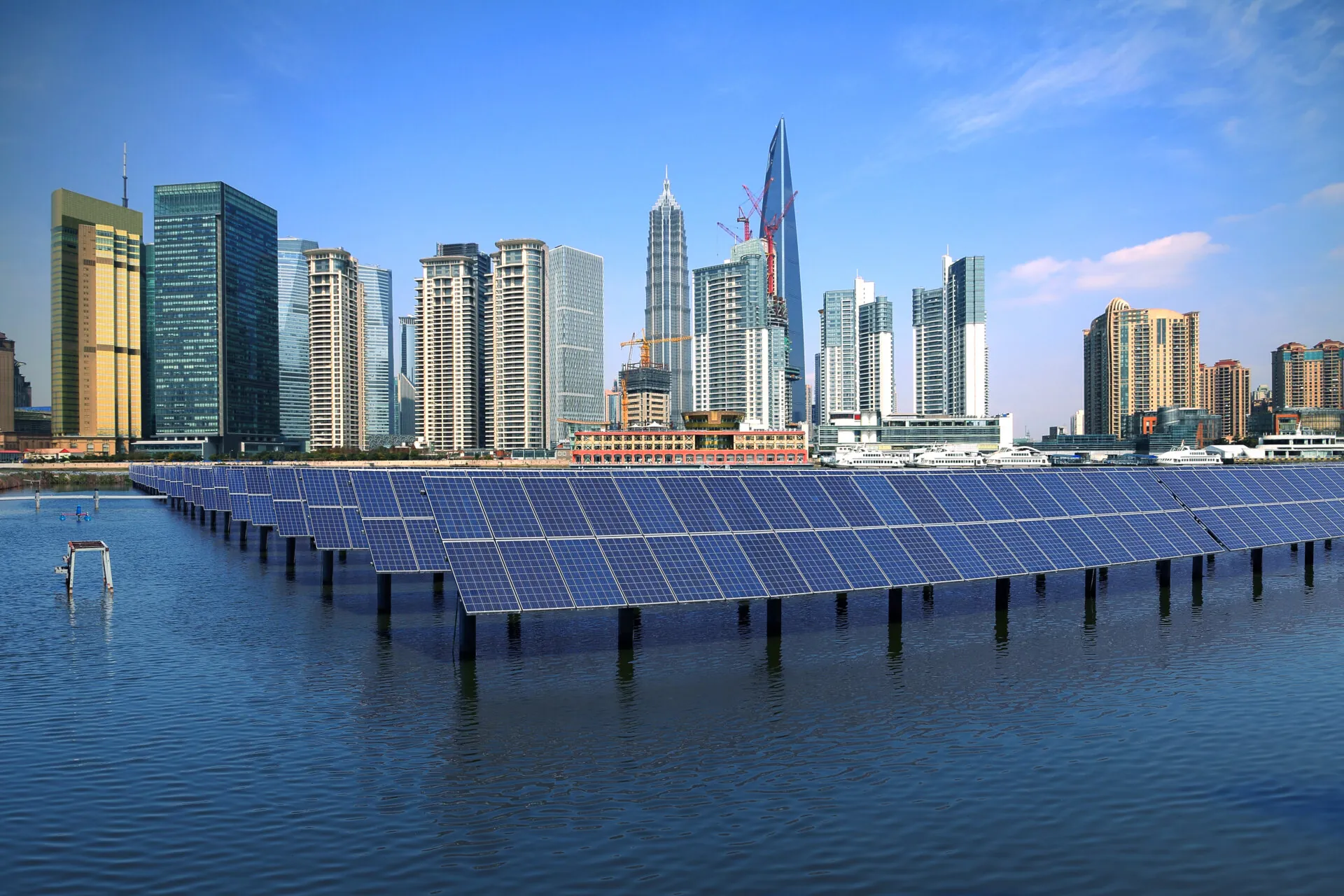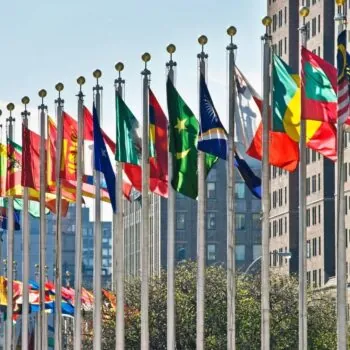China’s role in the global green transition – spanning clean energy, climate finance, and critical minerals – is reshaping supply chains but also exposing governance and sustainability gaps. Addressing these risks will require China, western actors, and developing countries to work together to align their strategies for a more balanced and resilient transition.
In times of geopolitical and economic volatility, China has become a key driver of the green transition across the global south. Its technology, finance and investment are powering the deployment of low-carbon alternatives from Africa to Southeast Asia and Latin America. As other major powers scale back their climate action, China’s importance is only due to grow.
Yet this role is not without contradictions and gaps.
China is the world’s largest current emitter of greenhouse gases, and its cumulative emissions have surpassed those of the European Union. Meanwhile, Chinese corporations continue to pour money into fossil fuels globally, with an expanding presence in natural gas and several Chinese-backed coal power plants coming online despite Beijing’s 2021 pledge to halt overseas coal projects.
To better understand the evolving dynamics of China–global south relations in the climate space, three areas stand out: clean energy and industries, climate finance, and critical minerals.
1. Clean energy: accelerating access, risking dependency
Given weakening domestic demand in China and growing protectionism in the United States and Europe, developing economies have become priority markets for Chinese exports of electric vehicles, solar panels, wind turbines and batteries. In 2024, for instance, China’s exports of solar panels to the global south rose by 32%, and have surpassed exports to global north for the first time.
This surge is making clean technologies more accessible but has also sparked tensions. Governments and local industries in many developing countries – including Brazil – worry that an influx of low-cost Chinese products is undercutting their own industrial development and reinforcing long-standing trade patterns where developing economies export commodities and import finished goods.
2. Climate finance: shifting flows, uneven impact
While large Chinese state-to-state loans and grants to the global south have declined since the mid-2010s, China’s climate-related finance continues to play a pivotal role in many developing countries, as highlighted in a recent E3G–ODI report.
The report identified several gaps where further improvement is needed. For example, there is no consistent definition of “climate-related” finance across Chinese governance institutions, and data availability remains patchy. Many Chinese-financed projects are not clearly linked to recipient countries’ national climate strategies, making it challenging to assess their alignment with long-term development and decarbonization goals. In addition, China’s participation in multilateral transparency and debt relief frameworks is still evolving, providing space to further strengthen accountability mechanisms.
3. Critical minerals: control, contestation and sustainability gaps
Chinese firms dominate the processing and global trade of key energy transition minerals such as lithium, cobalt, and rare earth elements, and to a lesser extent, copper. Backed by patient capital and long-term agreements, they have expanded their global footprint, often outpacing Western competitors in speed, scale and risk appetite.
In some cases, Chinese firms have moved beyond resource extraction to invest in local processing and production, offering limited but growing value addition. For instance, they are financing Indonesia’s EV value chain in exchange for access to its vast nickel reserves and have pledged to build lithium processing facilities in Bolivia alongside their extractive projects.
At the same time, environmental and social standards across Chinese-backed projects remain uneven, with community engagement often weak or transactional. Some companies are improving practices but others continue to operate with limited transparency or accountability, fuelling local grievances and raising long-term sustainability risks.
Balancing competition with climate cooperation
Countries in the global south seek to diversify their economic partnerships to gain greater agency within the green supply chains driving the global transition. Advancing a more inclusive and balanced transition will require balancing China’s competitive advantages – particularly on renewables and infrastructure – with strengths usually associated with European and other Western actors, such as capacity building, community engagement and responsible investment practises.
As E3G’s briefing on EU–China relations notes, there are opportunities and spaces for China, industrialised and emerging economies to work together even amid intense competition. Cooperation and joint efforts in sustainable finance, supply chain transparency, and responsible industrial growth will be essential to ensure the world’s green transition delivers inclusive, equitable and lasting benefits for all.


